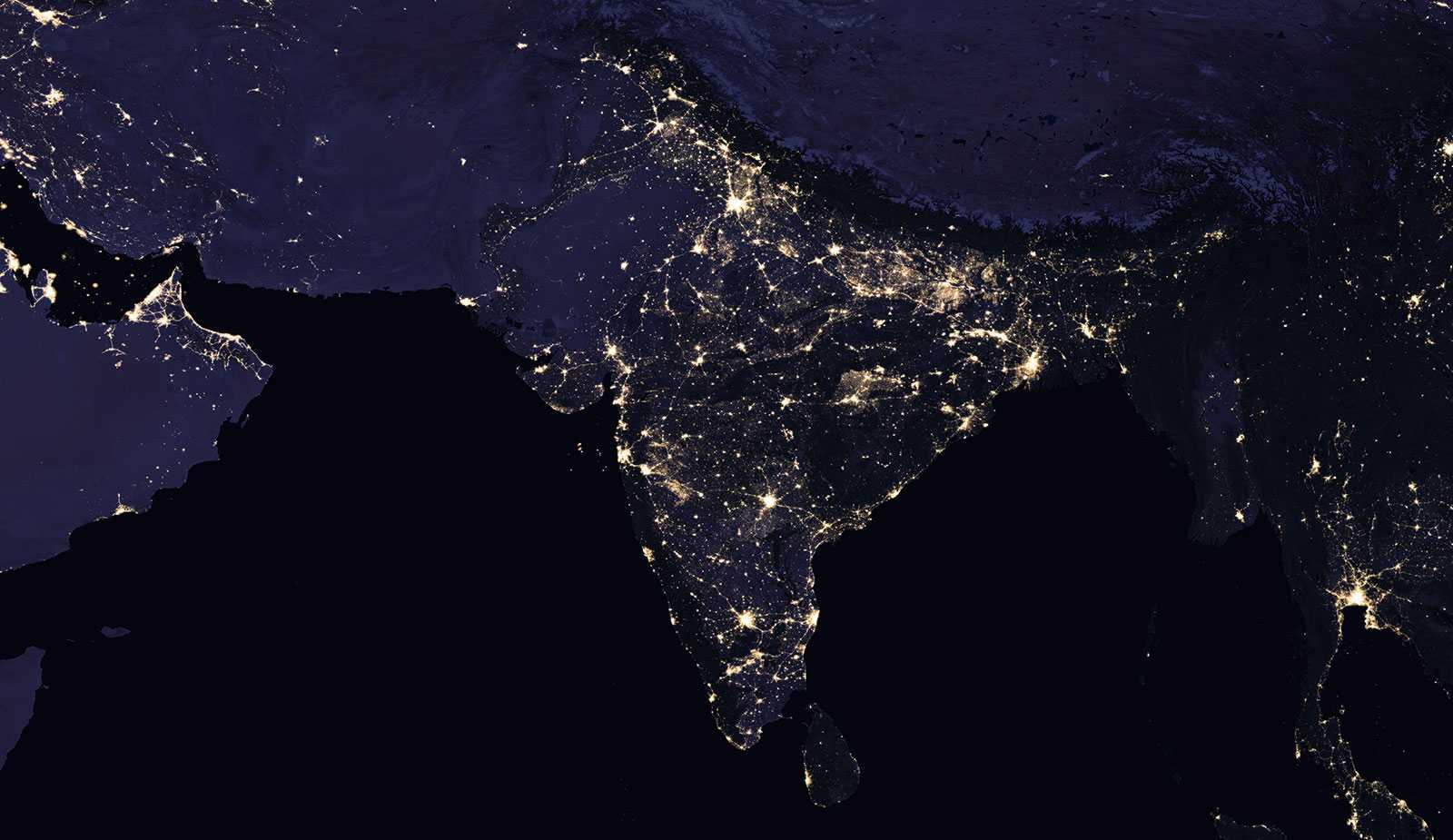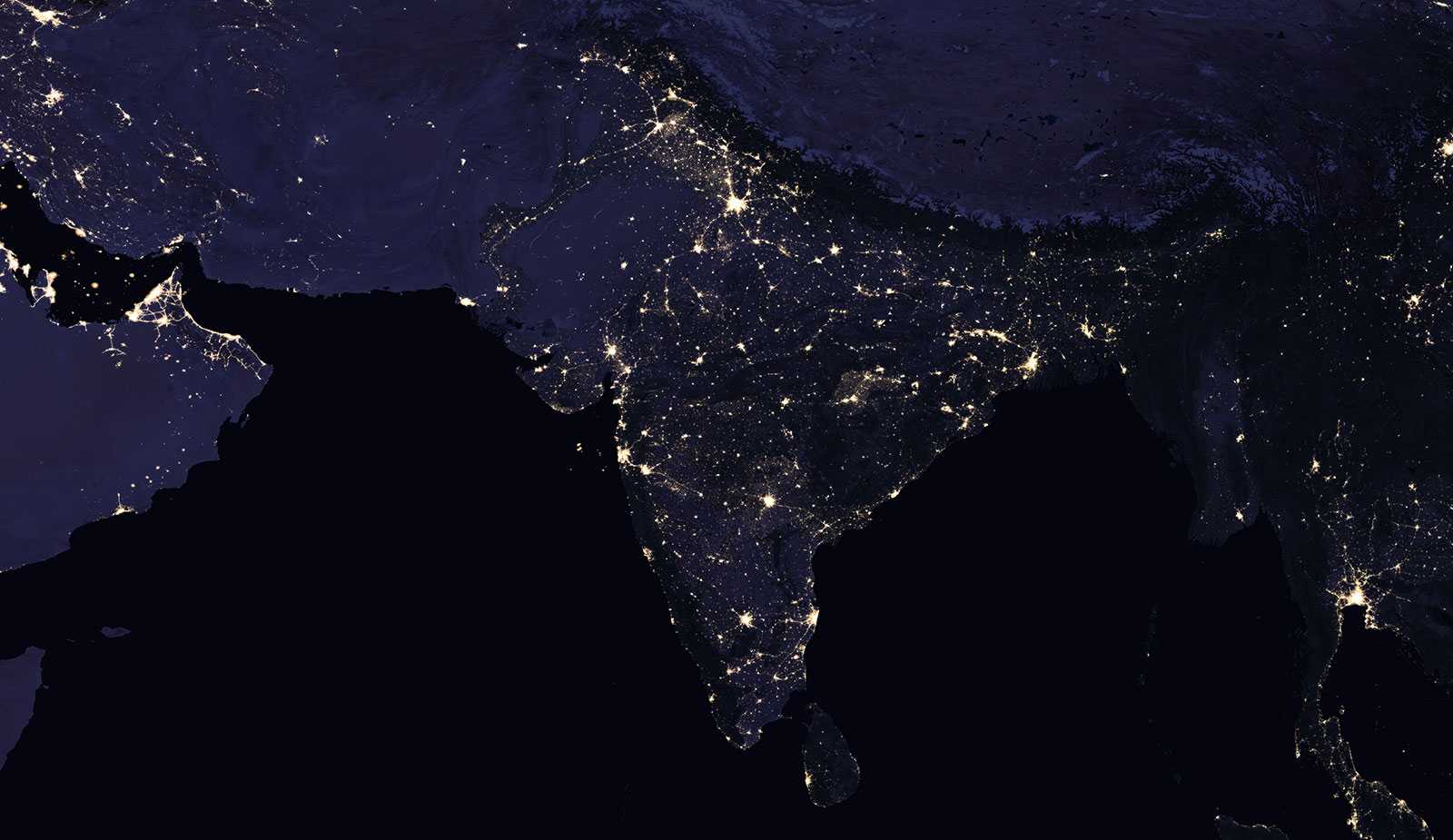NASA scientists released new global maps of Earth at night, providing the clearest yet composite view of the patterns of human settlement across our planet. The stunning satellite images of Earth at night, referred to as “night lights,” have been released every decade or so for nearly 25 years. Now, NASA scientists are trying to see if the night lights imagery can be updated more frequently.
Earth scientist Miguel Roman of NASA’s Goddard Space Flight Center is leading the research team that has been developing new software and algorithms to provide the clearest, most accurate images possible. This year’s images eliminate light from the moon, which varies the amount of light shining on the Earth. According to the US space agency, the team wrote code that picked the clearest night views each month, ultimately combining moonlight-free and moonlight-corrected data.
In the years since the 2011 launch of the NASA-NOAA Suomi National Polar-orbiting Partnership (NPP) satellite, Román and colleagues have been analyzing night lights data and developing new software and algorithms to make night lights imagery clearer, more accurate and readily available. They are now on the verge of providing daily, high-definition views of Earth at night, and are targeting the release of such data to the science community later this year. The composite images are the result of data from the Visible Infrared Imaging Radiometer Suite (VIIRS) on the NASA-NOAA Suomi National Polar-orbiting Partnership (NPP) satellite. According to NASA, VIIRS is the first satellite instrument to make quantitative measurements of light emissions and reflections, which allows researchers to distinguish the intensity, types and the sources of night lights over several years.
Take a look at these two images of India showing how cities have grown and populations have spread in the past few years. The image below is from 2016. Compare it to the the second one from 2012.

India’s composite view from space, 2016

India’s composite view from space, 2012

Leave a Comment